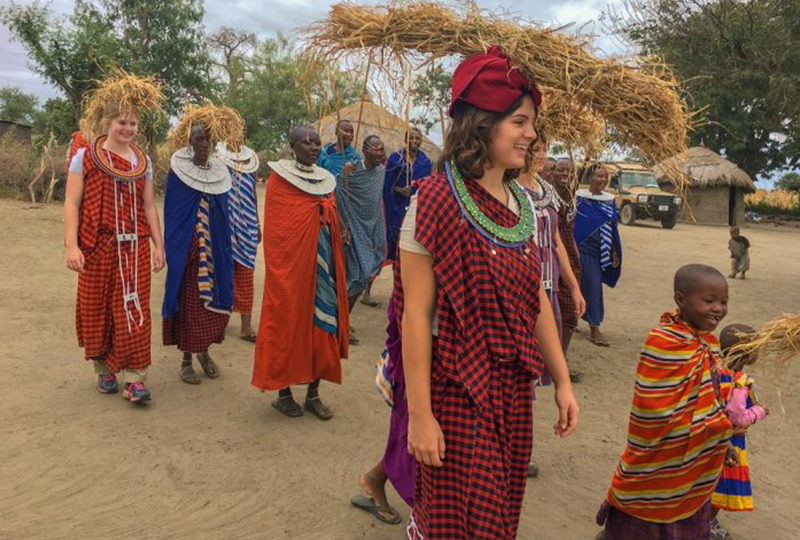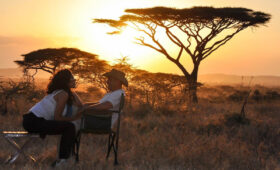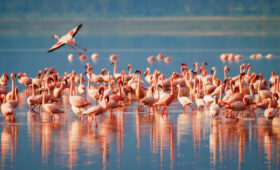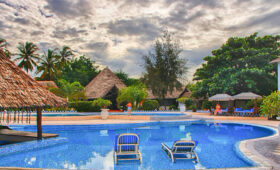Maasai vs Datoga: Key Differences in Tanzanian Tribes
Tanzania is home to more than 120 tribes, each with its own distinct culture, language, and traditions. Among the most fascinating are the Maasai and the Datoga, two proud pastoralist tribes often visited on cultural tours. While both groups have historically lived near one another, especially around Lake Eyasi and Ngorongoro, their customs, beliefs, and lifestyles are uniquely their own.
At Mandari Travel, we specialize in authentic cultural experiences that introduce you to the living heritage of Tanzania’s tribal communities. Here’s a closer look at the key differences between the Maasai and Datoga tribes to help you understand their significance and what to expect on your cultural journey.
1. Language and Ethnic Roots
Maasai
- Speak: Maa, a Nilotic language.
- Origin: Related to other Nilotic groups from the Nile Valley region.
- Spread across northern Tanzania and southern Kenya.
Datoga
- Speak: Datoga (also called Mang’ati), a Southern Nilotic language distinct from Maa.
- Considered indigenous to the Lake Eyasi and Great Rift Valley regions.
Fun fact: While both speak Nilotic languages, they cannot understand each other due to linguistic differences.
2. Appearance and Dress
Maasai
- Known for: Bright red or blue shukas (cloaks), elaborate beadwork, and warrior-like appearance.
- Traditional adornments: Beaded jewelry, metal earrings, and shaved heads.
Datoga
- Known for: Dark leather clothing, often decorated with beads and metal.
- Distinctive feature: Facial scarification, a traditional practice marking identity and beauty.
3. Livelihood and Skills
Maasai
- Livelihood: Cattle herding is central; cattle represent wealth, status, and spiritual connection.
- Also engage in goat and sheep herding.
- Known for: Their resistance to modern agriculture and reliance on traditional pastoralism.
Datoga
- Livelihood: Also pastoralists, but many are blacksmiths by tradition.
- Skilled in: Forging tools, weapons, and jewelry using scrap metal and handmade bellows.
- Known for: Trading tools with other tribes like the Hadzabe in exchange for meat or honey.
4. Cultural Practices and Beliefs
Maasai
- Spirituality: Believe in Enkai (or Engai), a deity who controls life and weather.
- Coming-of-age: Boys undergo circumcision and become Morans (young warriors).
Datoga
- Spirituality: Blend of animism and ancestor worship.
- Practices: Use of traditional medicine, spiritual dances, and blessing rituals by elders.
5. Tourist Experience
At Mandari Travel, we offer opportunities to respectfully visit both tribes:
- Maasai Village Visits: Participate in warrior dances, learn about herding culture, and explore bomas (traditional houses).
- Datoga Village Tours: Watch live blacksmithing, observe traditional scarification, and share stories with elders.
Discover Both Cultures in One Trip
The Maasai and Datoga tribes offer different but equally enriching cultural experiences. Visiting both gives you a deeper appreciation of Tanzania’s tribal diversity and resilience.
Email: info@mandaritravel.com
Call/WhatsApp: +255 750 900 811
Plan Your Cultural Tour Today
Fill out the form below to request a custom quote and begin your cultural adventure with Mandari Travel.




